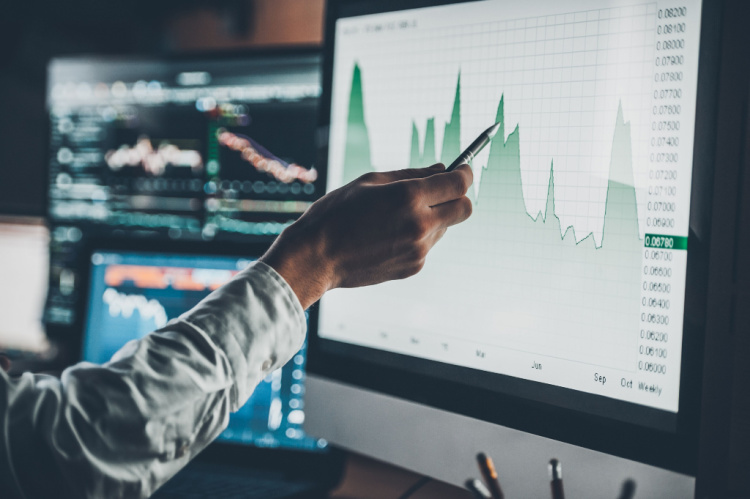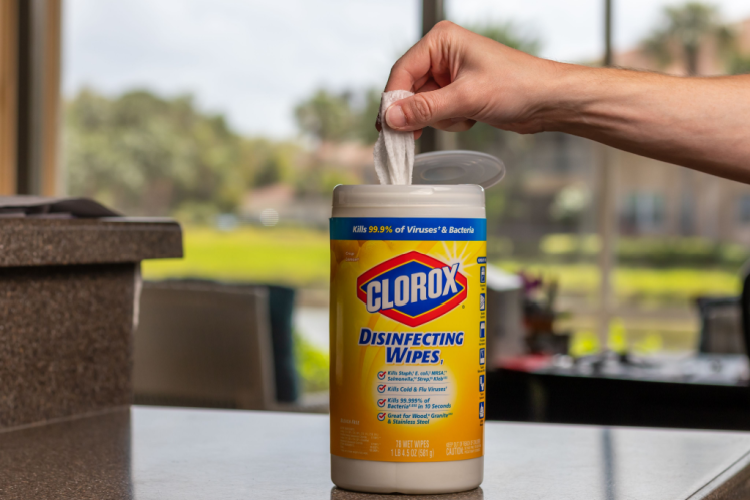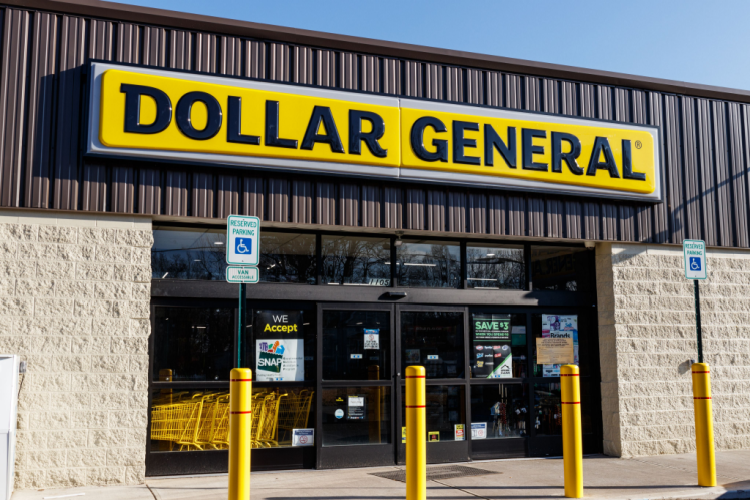The Best Stocks To Invest In During A Recession
It’s the kind of economic news that can make consumers tighten their belts and squeeze every penny: 2022 could be considered an official recession year. According to the National Bureau of Economic Research, a recession is defined as two consecutive quarters of negative economic growth, and the U.S. economy shrank 1.6% and 0.9%, in the last two quarters, respectively. ‘Nuff said.
When a recession hits, even the stock market can feel the pain. The S&P 500 which peaked at the close of 2021, is down 14%; the Nasdaq is down 19%. Investors looking for healthy places to stash their cash are finding that dependable options are few and far between. Real estate, crude oil, commodities, and house price growth have all taken hits during 2022.
But there is some good news that can help make an economic downturn less painful, and perhaps more profitable. Some stocks have proven, over time, to be more resistant to economic cycles, which means they could provide a safe financial haven while you wait out economic downturns in 2022 and beyond.

Picture The Possibilities: Fine Art
Cryptos can be unpredictable, stocks can be wildly volatile, and gold doesn’t always have a silver lining as it’s not totally immune to the ups and downs of the market. All of this means it might be a good time to take a closer look at an often overlooked asset: fine art.
According to the Citi Global Art Market chart, contemporary artwork has outperformed the S&P 500 by a remarkable 174% over the past 25 years. Its popularity has soared in recent times owing to the fact it’s an actual physical asset that bears little correlation to the volatile stock market.
Employing a scale of -1 to +1, with 0 representing no link at all, Citi noted that the correlation between contemporary art and the S&P 500 was just 0.12 during the past 25 years. And Bank of America investment chief Michael Harnett noted that artwork is on track to outperform over the next decade because of the asset’s record as an inflation hedge.

The Germ Of An Idea: Clorox (CLX)
Clorox has proven itself to be a recession-resistant essential business: Consumers tend not to cut back on their use of bleach and disinfectant wipes regardless of economic conditions, especially during and after a major global pandemic. The company’s net sales jumped 2% in the most recent quarter.
During the Great Financial Crisis, Clorox delivered 24% earnings growth and 35% dividend growth. Even more impressive: Clorox has increased dividends annually for 45 years. The stock is down 17% year-to-date, but it’s not a stretch to think the stock could have less downside than the rest of the market given its proven recession-resistant business model.

It Makes Good Financial Cents: Dollar General (DG)
It’s a fact: Essential businesses that compete on price are usually recession-resistant, and Dollar General fits the model. It makes sense that the stores will most likely see more foot traffic as families seek out more and more discount retailers that can help them stretch their dollars during inflationary times.
Dollar General saw a 4% surge in net sales in the first quarter of 2022; in response, the company raised its guidance for the second half of the year. Management expects sales to grow by 10.5% to 15% this year, and diluted earnings per share are expected to expand 12% to 14%. To date, the stock is up nearly 7%, and trades at a valuation of 26 times earnings per share.

Soaring Expectations: Lockheed Martin (LMT)
It’s long been recognized that national defense is detached from the economic cycle: The U.S. government might consider cutting the defense budget during peacetime, but not during an active war. In light of Russia’s ongoing invasion of Ukraine and with tensions rising in the Taiwan Strait, the U.S. Congress has decided to expand the defense budget this year.
Arms suppliers like Lockheed Martin are on track to benefit significantly from increased defense spending. The company’s stock has outperformed both the S&P 500 and Nasdaq this year, and is up 23% as of August 2022; the stock trades, however, are at just 25 times earnings per share.
It’s worth noting that during the 2008 financial crisis, Lockheed Martin lost half its value, which can be attributed to major defense budget cuts. It’s likely that the opposite will occur at this point in time, as the Department of Defense is on track to increase its investment in military and aerospace technology despite inflation and economic headwinds. The result? Lockheed Martin will continue its ride as a recession-proof investment option.
